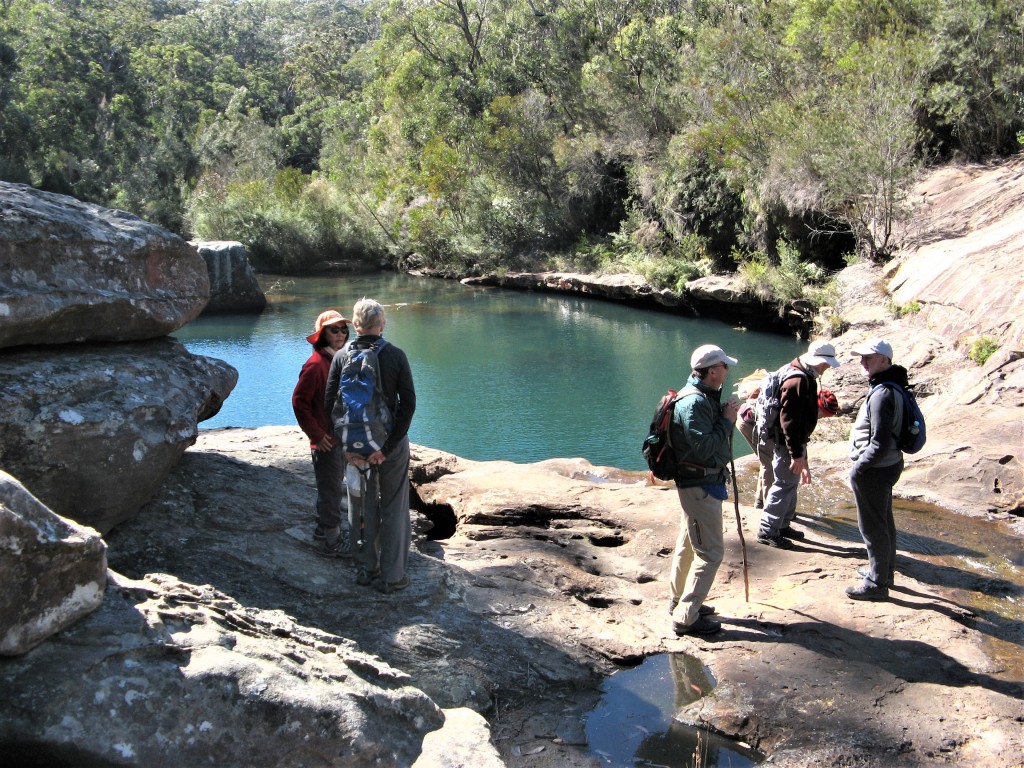Eco-worriers can become eco-warriors
(This post contains material that compliments chapters 6 and 12 of ‘Connect with Nature’.) Chances are that you are concerned, even alarmed, about climate change and the deteriorating state of the natural environment. Surveys consistently report that most people are worried about the future of Earth’s climate and ecosystems. Indeed, researchers are finding that this worry poses a serious and growing risk to mental health, especially that of children, adolescents and young adults. Very likely, we are in an epidemic of ‘eco-anxiety’.
It is also possible that, although your mind is telling you that you ought to do more to help save the planet, you’re finding it difficult to get moving. This could be for all sorts of justifiable reasons including a sense that the environmental problems are just too big and complex for you, as an individual, to deal with. Even if you know that taking part in collective action is a viable option, you still might feel unmotivated and discouraged. You may be finding that you can’t get emotionally involved with the problems, even if you know that they are real and requiring urgent action. If this is where you find yourself, you are in the common situation of the elephant and rider in your brain being out of step.
Psychologist Jonathan Haidt introduced the elephant-rider analogy as a useful way of thinking about how and why we humans behave as we do. He argues that human behaviour (apart from reflex and automatic action) is determined by our rational brain (the ‘rider’) and our emotional brain (the ‘elephant’). Much more than we might think, the elephant is the major player. The rider might be the planner or ‘intender’ but the elephant is the source of motivation and energy; it is the doer in other words. While the rider may appear to be in control, it is really the much larger elephant that is the boss.
The analogy helps us to understand why adopting new behaviour, that related to saving the planet included, can be difficult. But the analogy also tells us how, in broad terms, we can successfully address these difficulties. In short, the message is: If you want to change your (or anyone else’s) behaviour, be sure to target both the elephant and the rider.
Here are some key guidelines for implementing this strategy.
Targeting the rider
The intended actions should be:
- explicit
- clear (unambiguous)
- concrete
- practicable
- seen by the person as appropriate for them, convenient and relevant
Targeting the elephant
The intended actions should:
- be seen by the person as easily ‘doable’ (involving ‘tiny’ steps and little time if necessary)
- be experienced by the person as rewarding (makes them feel good – especially about themselves)
- provide a sense of progress (which the person can easily recognise and acknowledge)
- align with the person’s image of who they are and/or who they would like to be
Applying the strategy to environmental action calls for a critically important second strategy: connecting with nature in order to cultivate a sense of identity with, and obligation to, the natural world. I explain what this means and why it is so important in my book, Connect with Nature (final chapter).
In summary, the point I make is that connecting with nature is vital because it changes us in ways that motivates us to take care of the environment. As we connect with nature, our valuing of the natural world and our capacity to empathise with it grows. This, in turn, fosters what I call an ‘environmental conscience’. An environmental conscience guides us to value nature for itself, to see beyond what nature can do for us to what we can (and should) do for it. It obliges us to accept that all life forms have a right to exist and to flourish. It reinforces the disposition to love, appreciate and be inspired by nature rather than the inclination to exploit, dominate and even shun it. An environmental conscience makes protecting the planet a deeply personal matter, something that we expect of ourselves and, hence, something in which we are invested emotionally.
When it comes to acting on behalf of the environment, the importance of having a moral commitment and an emotional drive to do so cannot be overstated – think ‘elephant’!.
I am not alone in emphasising this point. No lesser a scientific body than the Royal Society, for example, includes this statement in its online pamphlet entitled, ‘What can I do as an individual to protect biodiversity?’:
Spending more time in nature can help improve our relationship with it and attach greater value to the habitats around us. Educating children about wildlife and local ecosystems can help to make our connection to the natural world clearer and bring about long-term behavioural changes in future generations.
If you think I can help you, your family or friends to become more actively engaged in connecting with nature and doing more to care for planet Earth in ways that suit you, please ‘drop me a line’. I have ideas and suggestions I would like to share, and I am sure there’s plenty I can learn in the process as well.
You can do this by popping a comment on my Facebook page, or more privately, by using the contact facility on this website.


